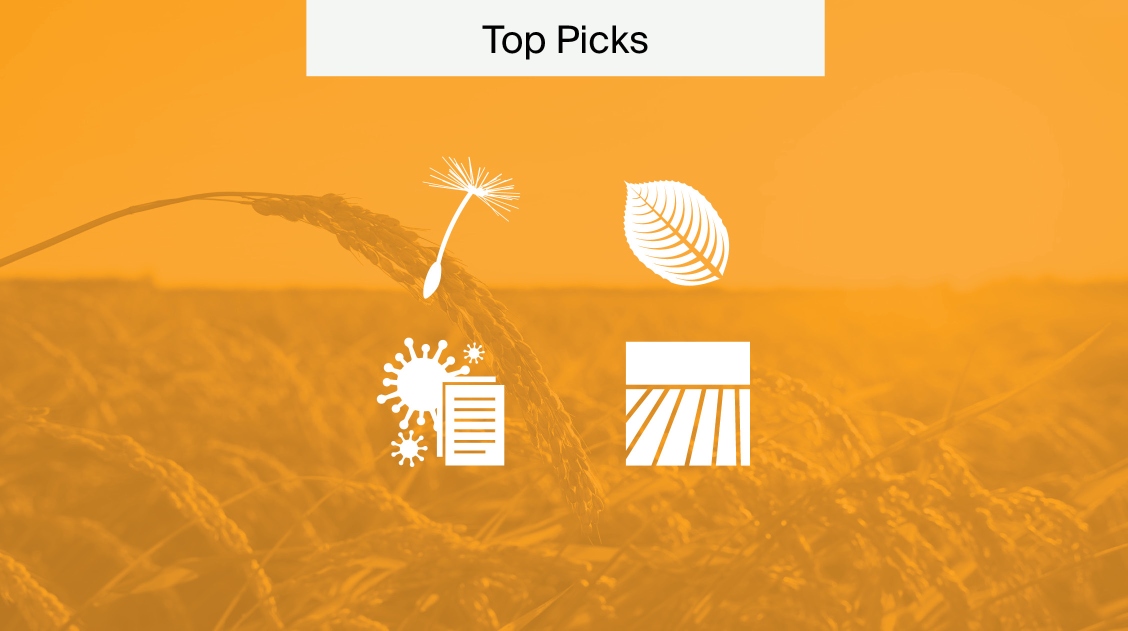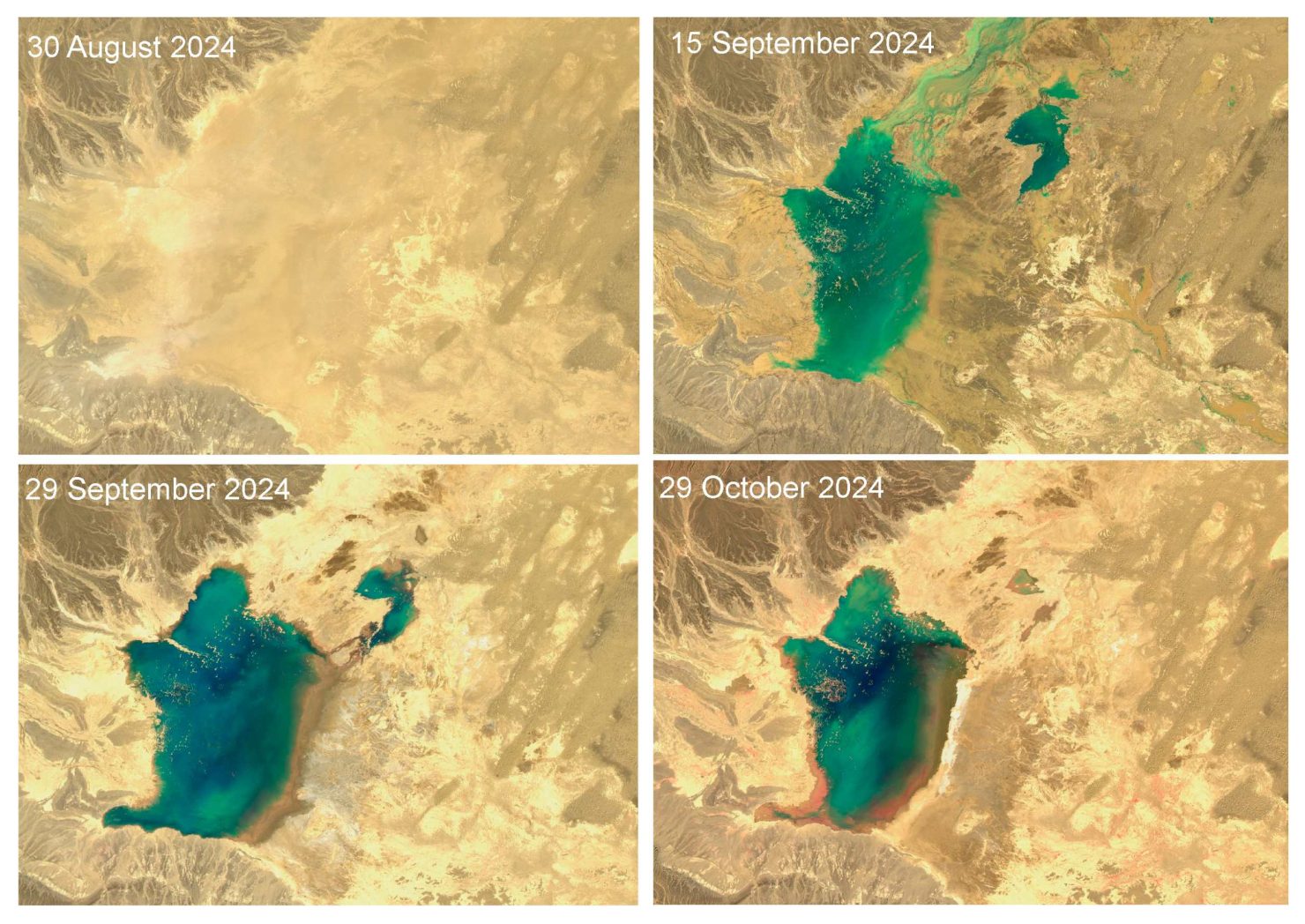
Research Insights from MDPI Top Picks: March 2025
This month’s Top Picks features a range of diverse and fascinating research published across MDPI’s Open Access journals. From the astonishing revival of Morocco’s desert wetland to understanding the power of the raspberry, we have a taste of some of the latest research published within the last three months of 2025.
Published in: Infectious Disease Reports
In a study published by researchers from the University of California, key educational interventions were found to improve people’s awareness and acceptance of the influenza vaccine. In the study, the researchers asked 116 participants of ethnic minorities living in highly vulnerable areas to fill out a survey before and after the educational intervention. This intervention included four 45-minute sessions educating the participants on the vaccines.
We reached out to Dr. Jam, the primary author of the article, to ask about the importance of the study and its implications:
Since the start of the COVID-19 pandemic, there has been a reduction in vaccine uptake for other preventable respiratory diseases, including influenza, across vulnerable populations in the United States. Given the propagation of new influenza viral strains, including the avian flu, it’s crucial to gain insight into vulnerable individuals’ attitudes, knowledge, and behaviour regarding vaccination against influenza. It’s also essential to develop strategies to increase vaccine literacy and acceptance.
Our paper describes how educational interventions, facilitated by a community-academic partnership, significantly increased influenza virus and vaccine knowledge among vulnerable participants. Furthermore, our paper discusses the substantial increase in the participants’ willingness to receive the influenza vaccine after receiving education from a trusted messenger. Ultimately, our manuscript provides insight into a potential strategy to increase vaccine uptake within vulnerable populations.
Original Article: Metabolic and Antioxidant Variations in ‘Regina’ Raspberries: A Comparative Analysis of Early and Late Harvests
Published in: Plants

Raspberries are packed full of nutrients and praised for their health benefits, such as their high antioxidant content and polyphenol content. Researchers in a study published in Plants carried out a comparative analysis of the Regina raspberries to learn more about the nutritious fruit in terms of their antioxidant capacity, phenolic composition and metabolic profile.
In the study, they found that after analysis of the raspberries, 377 metabolite components were identified at different points of harvest periods. The authors highlight the essential differences between the berries harvested in June versus September. They found that the antioxidant capacity of the berries was higher when harvested in September compared to the June harvest, amongst other significant differences in phenolic profiles which enhance their key health benefits.
The research substantiates the development of post-harvest treatments that could prolong the freshness of ripe berries and calls for further exploration of the composition of the berries for applications in plant defence and human health.
Original Article: Seedling Emergence and Soil Seedbank Persistence of the Invasive Azadirachta Indica A. Juss
Published in: Seeds
Invasive weed species pose significant issues to farmers and landowners. The invasive Neem Tree, otherwise known as Azadirachta indica, has become widely problematic across specific regions, particularly northern Australia.
Faiz Bebawi, an author of the study published in Seeds, discusses the different uses of the weed:
Azadirachta indica’s biological and physiological characteristic has significant importance in developing countries in terms of its insecticidal properties, particularly their use in food security where people in Africa store their grain in-ground pits as well as use its bark for treatment of cholera. In addition, it is used to ward off green ants and its stems are used as toothbrushes.
Moreover, its ripe fruits provide food for birds and man. The whole plant itself is also used in Africa to savannise desert areas because it is also drought tolerant. Needless to state its economic significance as it is used in the production of tooth paste in India.
To manage this weed species and to learn more about the plant, researchers explored the viability, persistence of the plant seeds and extent of its invasiveness. The paper is, therefore, important to address the plant’s economic, environmental and social impacts.
Simon Brooks, another co-author of the paper, further describes the aims and findings of the study:
Unfortunately, being a widely planted, hardy, frugivore dispersed plant it has also become invasive across northern Australia. Our trials used several experimental methods in lab and field situations to show that the seed is only likely to survive a short time in the soil seed bank.
We also identified that physical depletion and fatal emergence contribute to the formation of a transient soil seed bank in this invasive plant. This research has implications for weed practitioners as infestations are only likely to require shorter-term survey and control operations, where seed input is prevented.
Original Article: Lake Iriqui’s Remarkable Revival: Field Observations and a Google Earth Engine Analysis of its Recovery After Over Half a Century of Desiccation
Published in: Land

Iriqui National Park is located in the southern region of Morocco and is part of the Sahara desert. In the centre of the desert lies Lake Iriqui, a temporary wetland area within the desert which had been absent for five decades. However, after the region experienced rare storms in 2024, the wetlands were surprisingly revived.

The research published in Land, and headlined by local and international newspapers, explores the magnificent revival of Lake Iruiqi that was monitored and analysed by local researchers using Google Earth Engine. They explore how large quantities of rainfall flooded the region following the storm. The authors also discuss the revival of a thriving ecosystem, and how it is an integral component to support biodiversity:
During our initial visit to Iriqui Lake, approximately six days after its revival, we observed almost no vegetation around the lake perimeter due to years of severe drought. However, by our second visit, about a month and a half later, signs of ecological recovery had become evident.
The lake was teeming with high densities of triops, along with large populations of water insects, particularly Libellula dragonflies and their larvae (Figure 13) and numerous dipteran (fly) insects around the lake. Aquatic life continued to reappear, including various bivalves, coleopteran (beetle) species, and several grasshopper species, further indicating a thriving freshwater ecosystem.
The authors continue to detail the presence of different plant and animal species found after the revival of the lake. They further dissect the mechanisms behind the drastic changes to the environment and how the efficient infrastructure could be made to ensure the urgent need for its preservation to support wildlife and biodiversity.










